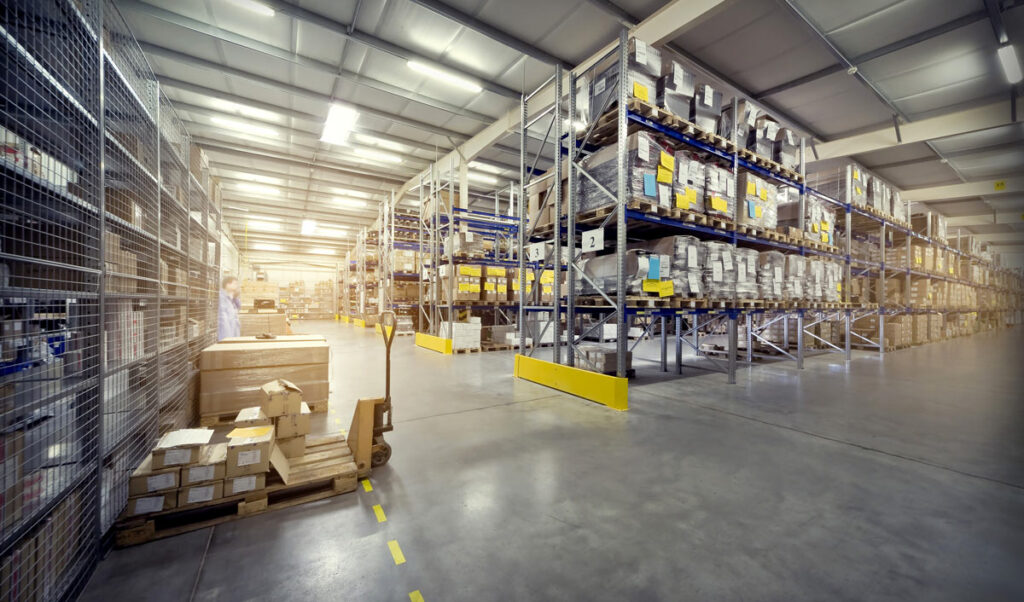Table of Contents
India’s e-commerce sector has witnessed exponential growth, reaching a market size of $147.3 billion in 2024, with projections indicating continued expansion at a CAGR of 18.7% through 2028 . This surge has significantly impacted the industrial real estate landscape, with demand for warehousing and logistics spaces reaching unprecedented levels.
E-Commerce Driving Warehousing Demand
The rapid growth of e-commerce has necessitated the development of extensive warehousing infrastructure to facilitate efficient storage and distribution. In 2024, India’s total warehousing stock reached 533.1 million sq. ft., with Tier II and III cities contributing approximately 100 million sq. ft., reflecting a shift towards a hub-and-spoke logistics model .
Furthermore, the e-commerce warehousing market in India was valued at $8.5 billion in 2024 and is expected to grow at a CAGR of 17.28% from 2025 to 2033, reaching $35.6 billion .

Industrial Real Estate: The Backbone of E-Commerce
To meet the demands of e-commerce, industrial real estate has evolved to include:
Grade A Warehousing: High-quality facilities with advanced infrastructure.
Fulfillment Centers: Strategically located to ensure quick delivery.
Automated Systems: Integration of AI and IoT for efficient operations.
Sustainable Practices: Incorporation of green technologies and ESG compliance.
In Q1 2025 alone, the industrial and warehousing sector leased 9 million sq. ft. across India’s top eight cities, marking a 15% year-on-year increase.
Key Logistics Hubs in India
Several regions have emerged as significant logistics and warehousing hubs:
Delhi NCR: Leading with over 3 million sq. ft. leased in Q1 2025.
Chennai: Accounting for 22% of overall leasing activity.
Bengaluru and Hyderabad: Notable for their tech-driven logistics demand.
Tier II and III Cities: Cities like Indore, Coimbatore, and Lucknow are witnessing increased warehousing development
Emerging Trends in Industrial Real Estate
Co-Warehousing: Shared warehousing spaces are gaining popularity among SMEs and D2C brands for cost-effective storage solutions.
Quick Commerce: The rise of quick commerce has led to the establishment of micro-fulfillment centers in urban areas.
Sustainability: Developers are focusing on green building certifications and sustainable practices to meet ESG goals.
Technological Integration: Adoption of automation, AI, and IoT is enhancing operational efficiency in warehouses .
Future Outlook
The industrial real estate sector in India is poised for continued growth, driven by:
Government Initiatives: Policies like the National Logistics Policy aim to reduce logistics costs and improve infrastructure.
Foreign Investments: In 2024, institutional investments in industrial and warehousing surged to $2.5 billion, tripling from 2023 levels .
Technological Advancements: Continued integration of advanced technologies will further streamline operations.

Conclusion
Industrial real estate has become a cornerstone in supporting India’s e-commerce boom. With ongoing investments, technological advancements, and supportive government policies, the sector is set to play a pivotal role in shaping the future of commerce and logistics in the country.


